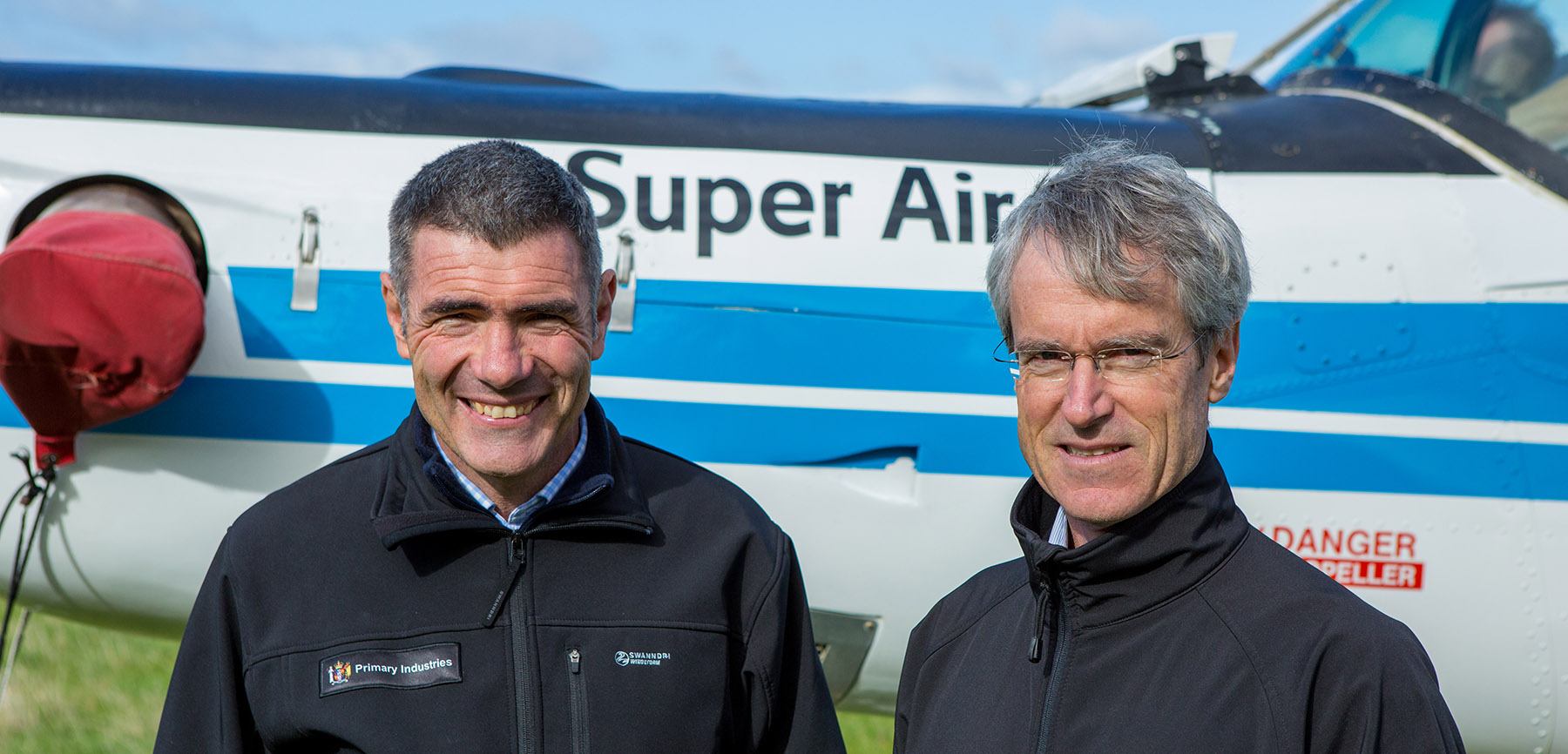Never let a good crisis go to waste. So says Mark Wynne, quoting Winston Churchill. The Chief Executive of Ballance Agri-Nutrients reckons the dairy downturn has created an incentive for farmers to lift their game, not least in the environmental performance of their operations. And in Wynne’s view, doing the right thing by the environment is intimately tied to the bottom line.
Take the Ballance Farm Environment Awards, he suggests. Year after year, the farmers who do best in environmental terms are also in the top tier for profitability.
“One of the winners last year was a mainly sheep farm, located near Rotorua in some fairly tough hill country. Their profitability was four times the national sheep farming average. Why? It’s about attention to detail. If you’re focused on the environment then you’re measuring nutrient inputs and runoff, [but you’re also] measuring and understanding animal welfare to the nth degree, measuring social impact and on-farm safety, as well as productivity and costs.”

Mark Wynne & Hon Nathan Guy
The annual awards programme is the most public sign of Ballance’s commitment to sustainable farming. Founded in 1991 by farmer and conservationist Gordon Stephenson and sponsored by the Tauranga-based co-operative for the last 20-odd years, the awards are intended to get farmers thinking about sustainability and to share best practice.
Wynne maintains the awards have made a significant contribution to raising awareness. “The people who are generally entering – and certainly winning – the awards are already the forward-thinkers. They’re keen to learn, to share and to understand how they can do things better.”
“Ballance got involved in the awards because we recognised that this is the best way we can promote sustainability – and it’s in our best interest that farmers are still farming 100 years from now.”
Wynne is acutely aware that farming’s social license is coming under pressure. As he noted in a speech at this year’s awards, “environmental regulations are here to stay, and you can bet your bottom dollar that demand for swimmable waterways won’t ease up because times are tough on the farm”.
Farmers who saw themselves as victims of overly rigid local government got little sympathy in the speech: “What the complainers fail to understand is that councils represent the voice of the community. And the community is demanding change.”
Wynne reckons the best farmers not only recognise the need for change, they’re embracing it. That’s certainly what Ballance is pushing. “You need to make sure you’re at the table and that the discussion is science-led not emotion-led.”
Science is central to Ballance’s strategy for mitigating New Zealand farming’s environmental impact. As a signatory to the Sustainable Dairying Water Accord, the co-op has invested in several new measures to help farmers enhance and measure their performance, including establishing a team of nutrient budgeting specialists. Providing advice, says Wynne, is the single biggest contribution Ballance can make.
In addition, the co-op is closely focused on introducing innovative, science-backed tools to assist the sector to farm smarter. Precision agriculture, Wynne calls it.
“It comes down to optimising your inputs – don’t put in too much product or [run] too high a stocking rate if the land can’t most sustainably and most profitably afford it. You’re starting to see things like variable rate fertiliser application, where rather than just blanket-spread fertiliser on a paddock you can vary the rate in real time. It’s also about the timing of inputs, about real-time measuring of pasture growth rates and nutrient requirements, and so on.”
Among Ballance’s suite of innovations is N-Guru, a software tool that more accurately predicts nitrogen requirements per paddock, and a 3D mapping product called ‘MitAgator’ that identifies areas of a farm at high risk of leaching nitrogen, phosphorus and other pollutants while also enabling farmers to model different management strategies.
Most recently, the co-op has been rolling out a new variable rate topdressing system it calls ‘SpreadSmart’. Combing GPS with computerised farm mapping, the technology automates the opening and closing of a plane’s topdressing hopper to apply fertiliser optimally while avoiding waterways and other environmentally sensitive parts of a farm. “The computer is altering the hopper at 50 times per second to give a very precise application of fertiliser, even as the plane is flying along at 160 kilometres an hour,” he says.
Only two topdressing planes have been converted so far in the North Island, but both are experiencing healthy demand. Wynne says more aircraft will be converted in the new fiscal year.
The common theme of all these innovations, “is that they’re fine-tuning the farming system,” he adds. “You’re minimising your inputs and maximising your outputs, rather than simply operating in averages.”
Some might argue that this is merely fiddling at the margins, and that intensive agriculture doesn’t allow for genuinely sustainable farming. Can farming clean up its act in a meaningful way under the current model?
“Absolutely, and it already is,” replies Wynne. “If you look at the leading dairy farmers in particular, which are stories we often explore and promote in the awards, those guys are already operating well beyond where legislation is trying to drive. If we can get the average farmer up to the level of those top performers, and more importantly bring the tail up to where the average is today, we’ll not only be sustainable, but the profitablity of the farming system will be significantly improved.”




Leave a comment